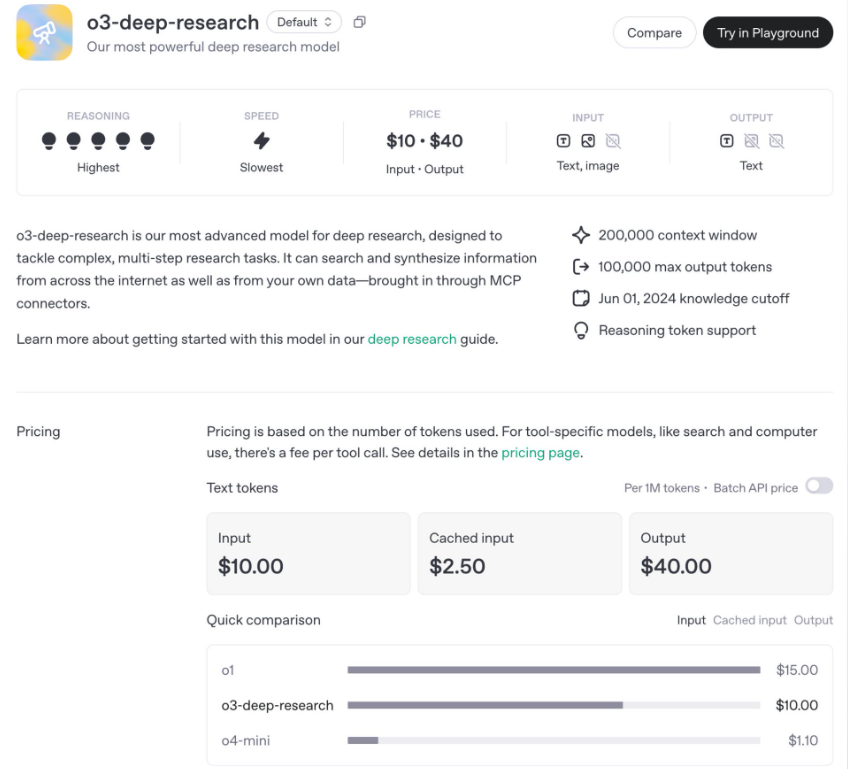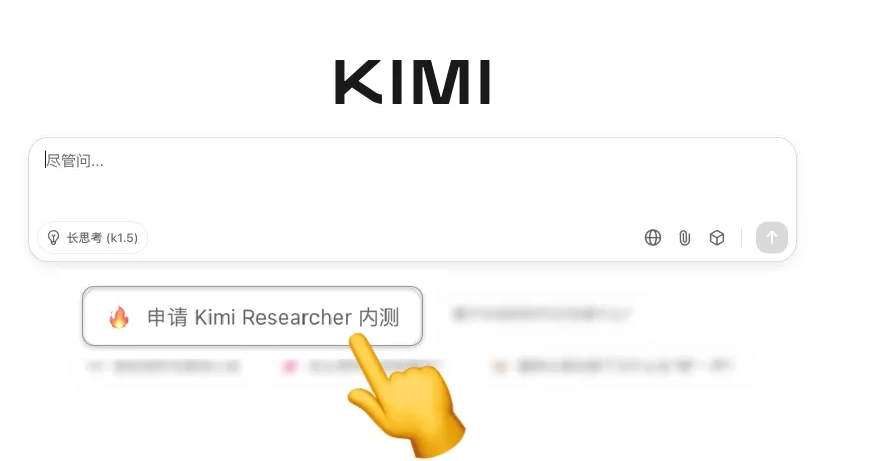California-based neurotech startup REMspace recently announced a remarkable scientific achievement. They claim to have achieved the first two-way communication with people during their dreams, a breakthrough that could open new frontiers for future dream research and applications.
According to REMspace's research, volunteers involved in the experiments were not only able to realize they were dreaming but also could exchange simple information with the outside world. During the experiments, testers received commands from a server while in a dream state and successfully responded. This result indicates that in a lucid dream state, the human brain may be able to establish an interactive bridge with the external world.
REMspace CEO Michael Raduga emphasized the potential benefits of lucid dreaming for mental health. He believes that this technology could help reduce nightmares, overcome phobias, and provide new ways to address personal psychological issues. More interestingly, Raduga also proposed the possibility of training new skills in lucid dreams, which undoubtedly opens a new dimension for human learning and development.
In specific experiments, REMspace claims to have successfully achieved communication between two participants in a lucid dream state. During the experiment, participants heard randomly generated words from a server through headphones while dreaming. One participant repeated the word in the dream, and the other participant confirmed this information upon waking. REMspace describes this achievement as the first two-way communication in a dream.
To make dream communication more structured and controllable, REMspace has also developed a specialized language called "Remmyo." If this technology can mature further, it could enable real-time dream dialogues in the future, such as helping people overcome psychological trauma or conduct specific learning and training in dreams.
REMspace stated that they plan to optimize this technology through further research to expand its applications. However, it is worth noting that the current experimental results have not yet been peer-reviewed, and their scientific validity and reliability require more verification and research.










